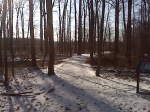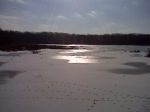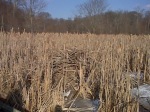In the January-March 2011 issue of Science Editor, available online, Lauren Fischer discusses errata in her article, “Setting the Record Straight: Publishing Errata in the Print and Online World” (pages 3-5).
Fischer writes:
One feature that uniquely exemplifies the challenges of publishing in print and online is the correction notice, or erratum. Figuring out how to handle errata online is like trying to hit a moving target. In our efforts to keep up with the online world, the corrections process can become muddled. I spoke with Lou Knecht, deputy chief of the Bibliographic Services Division of the National Library of Medicine (NLM), and she made an excellent point about corrections: “There hasn’t been a collegial discussion where we ask ourselves, ‘Are we doing the best thing?’”
Fischer outlines some basic best practices, such as publishing correction notices in ways that are citable and providing a clear and detailed description of the error in the correction notice.
However, many questions remain. For instance, what makes an electronic document citable? Is it the DOI? Or is it some other numeric article identifier that is a proxy for pagination? What do we do about different electronic versions online, and are we ensuring that all versions are corrected or linked to the published erratum? How do we best address errors in articles published ahead of print?
Fischer’s analysis is thought-provoking and brings the reader back again and again to the question: what are best practices for handling errata? She has invited Science Editor readers to comment on how their publications handle errata, and I hope you will do so here or on CSE’s other social media outlets.




